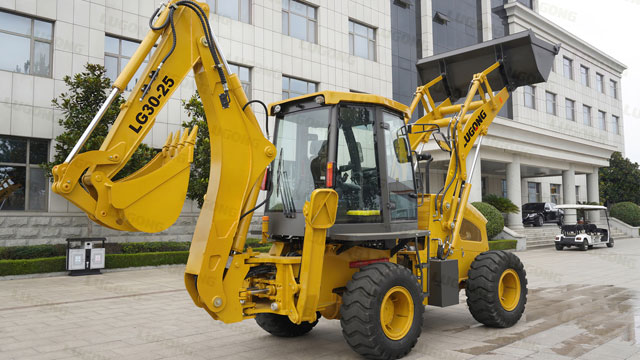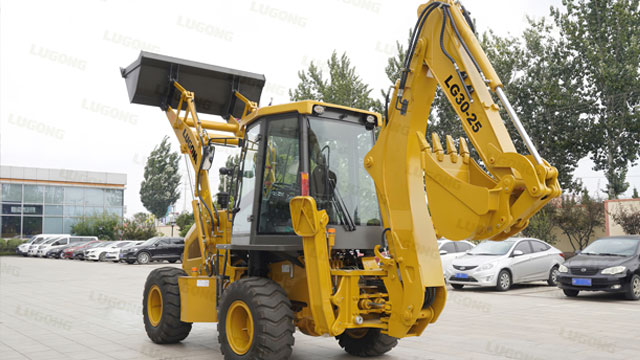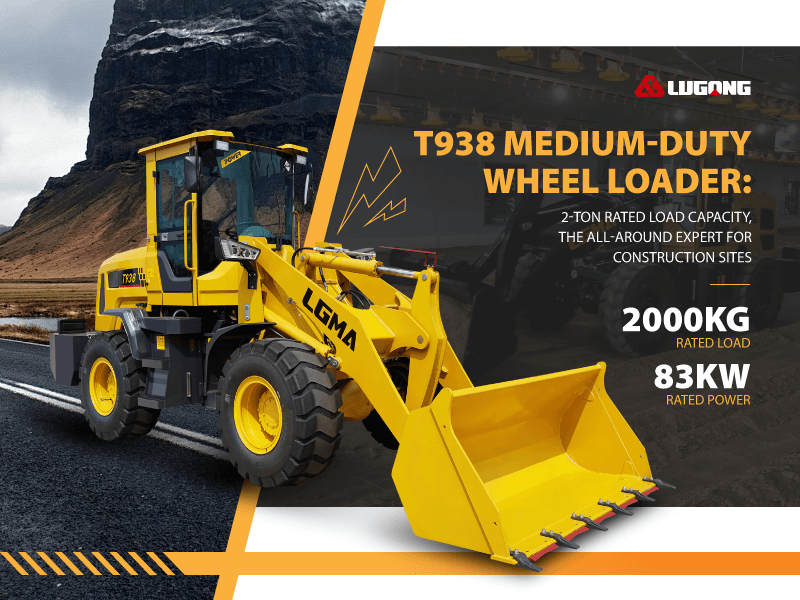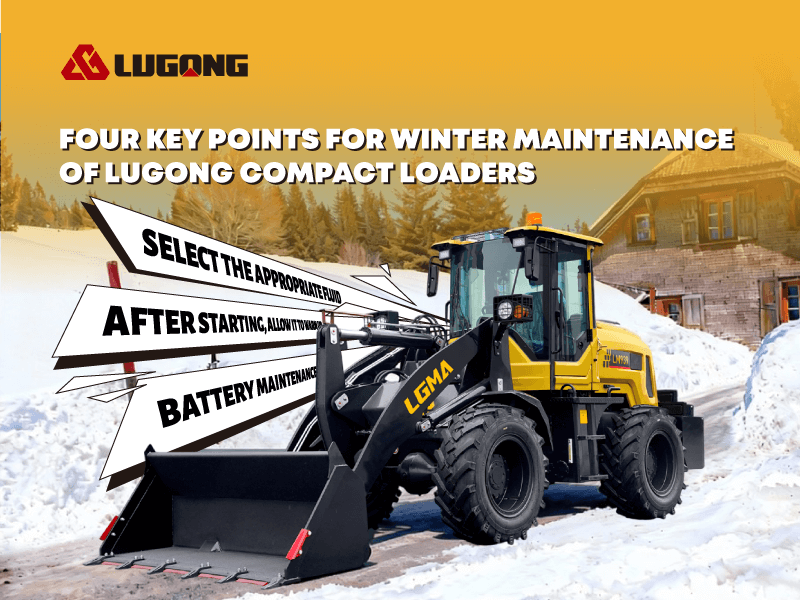Common Problems With Backhoe Loaders
Backhoe loaders are complex machines that can encounter various problems during operation. Some of the common problems with backhoe loaders are.

Common Problems With Backhoe Loaders
Hydraulic system issues: The hydraulic system is responsible for powering the loader and backhoe functions, as well as the steering and brakes. If the hydraulic system is not working properly, it can cause low or no pressure, slow or jerky movements, leaks, overheating or noise. Some of the possible causes of hydraulic system issues are low fluid level, dirty or contaminated fluid, clogged filters, worn or damaged hoses, valves, pumps, cylinders or seals, or incorrect adjustments.
Engine issues: The engine is the source of power for the backhoe loader and its attachments. If the engine is not working properly, it can cause hard starting, poor performance, excessive fuel consumption, smoke or noise. Some of the possible causes of engine issues are low oil level, dirty or contaminated oil, clogged air filter, faulty fuel system, worn or damaged belts, hoses, spark plugs, injectors or sensors, or incorrect settings.
Electrical system issues: The electrical system provides power to the lights, gauges, switches and other components of the backhoe loader. If the electrical system is not working properly, it can cause dim or flickering lights, dead battery, faulty gauges or indicators, or malfunctioning switches or solenoids. Some of the possible causes of electrical system issues are loose or corroded connections, blown fuses, damaged wires or harnesses, faulty alternator, starter or regulator, or low battery charge.
Loader problem: The loader is used to lift and carry materials with the front bucket. If the loader is not working properly, it can cause less oil flow from the pump, broken pump, boom and bucket overload, issues with control linkage binding, auxiliary circuit on-over relief or twisted cylinder shafts.
Backhoe problem: The backhoe is used to dig and move materials with the rear bucket. If the backhoe is not working properly, it can cause low digging force, slow swing speed, excessive wear on pins and bushings, loose stabilizers or outriggers, or damaged teeth or cutting edges.
Tire and wheel issues: The tires and wheels are essential for the mobility and stability of the backhoe loader. If the tires and wheels are not working properly, they can cause poor traction, steering difficulty, vibration or noise. Some of the possible causes of tire and wheel issues are inadequate tire pressure, punctured or worn tires, loose or missing lug nuts, bent or cracked rims, or misaligned wheels.
To prevent or solve these problems with backhoe loaders, it is important to follow the maintenance schedule and instructions provided by the manufacturer for your specific model. You should also perform regular inspections and checks before and after each use of the machine. If you notice any signs of trouble or damage on your backhoe loader, you should contact your dealer or service provider as soon as possible for assistance.

Lugong Machinery Group is another company that produces backhoe loaders. They have two series of backhoe loaders: LG series and LX series. The LG series includes models such as LG30-25, LG388, LG388H and LG388T. The LX series includes models such as LX932-30, LX942-45, LX945-55 and LX945-65. These models have different bucket capacities, rated power, rated loading and operating weights. They are designed to enhance productivity with high stability, low maintenance and versatility.


